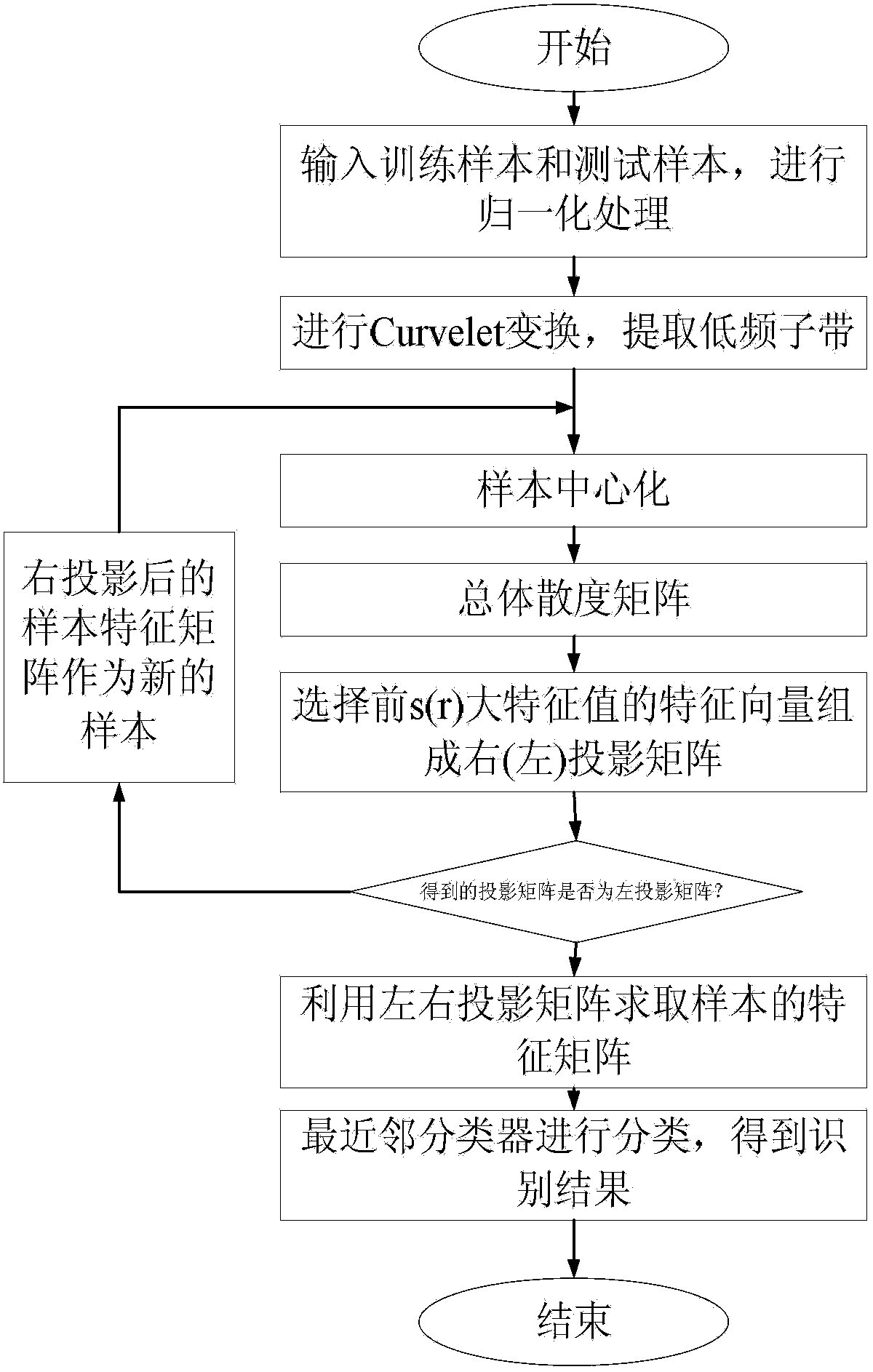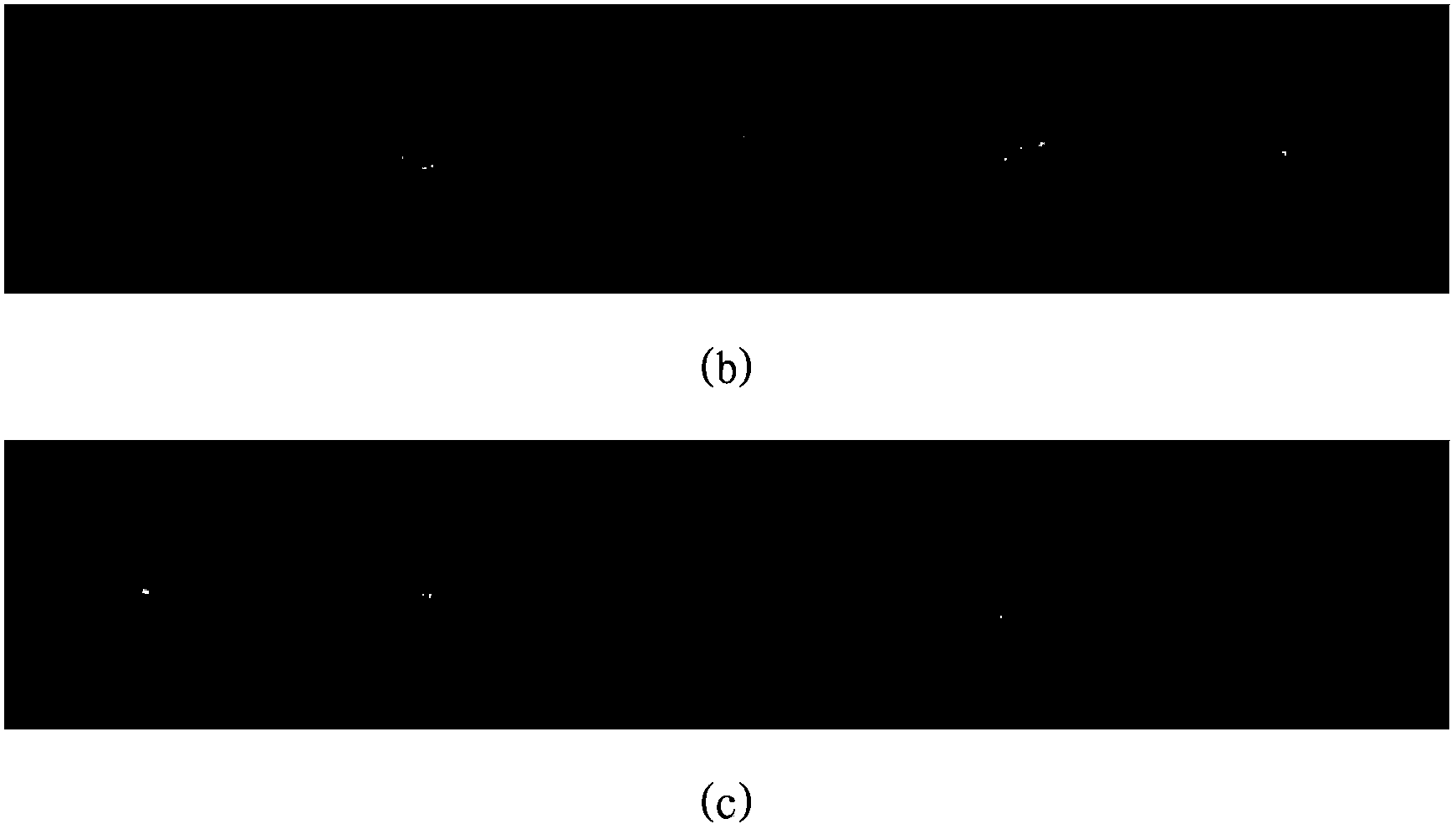Image target identification method based on curvelet domain bilateral two-dimension principal component analysis
A two-dimensional principal component and target recognition technology, applied in character and pattern recognition, instruments, computer components, etc., can solve the problem of not taking into account the nonlinear characteristics of synthetic aperture radar, which is not conducive to the effect of SAR image recognition, and unfavorable target recognition and classification and other problems, to achieve the effect of simple and easy feature classification method, shortened recognition time and high recognition rate
- Summary
- Abstract
- Description
- Claims
- Application Information
AI Technical Summary
Problems solved by technology
Method used
Image
Examples
Embodiment Construction
[0025] The technical scheme of the present invention will be further described below in conjunction with accompanying drawing:
[0026] Such as figure 1 , figure 2 As shown, the method of this embodiment is figure 2 The target image shown is recognized. The training set is the image of the 17-degree bird’s-eye view in the Moving and Stationary Target Acquisition and Recognition (MSTAR) data, and the test sample set is the image of the 15-degree bird’s-eye view in MSTAR.
[0027] The method of this embodiment specifically includes the following steps:
[0028] Step 1: Input training sample set and test sample set, and normalize the images in each sample set.
[0029] First, the original image is preprocessed. The size of the original image is 128×128, and a 64×64 region is cut from the center of the image, which contains the entire target, and a part of the redundant background region is removed. Then, the images in the training sample set and the test sample set obtained...
PUM
 Login to View More
Login to View More Abstract
Description
Claims
Application Information
 Login to View More
Login to View More - R&D
- Intellectual Property
- Life Sciences
- Materials
- Tech Scout
- Unparalleled Data Quality
- Higher Quality Content
- 60% Fewer Hallucinations
Browse by: Latest US Patents, China's latest patents, Technical Efficacy Thesaurus, Application Domain, Technology Topic, Popular Technical Reports.
© 2025 PatSnap. All rights reserved.Legal|Privacy policy|Modern Slavery Act Transparency Statement|Sitemap|About US| Contact US: help@patsnap.com



